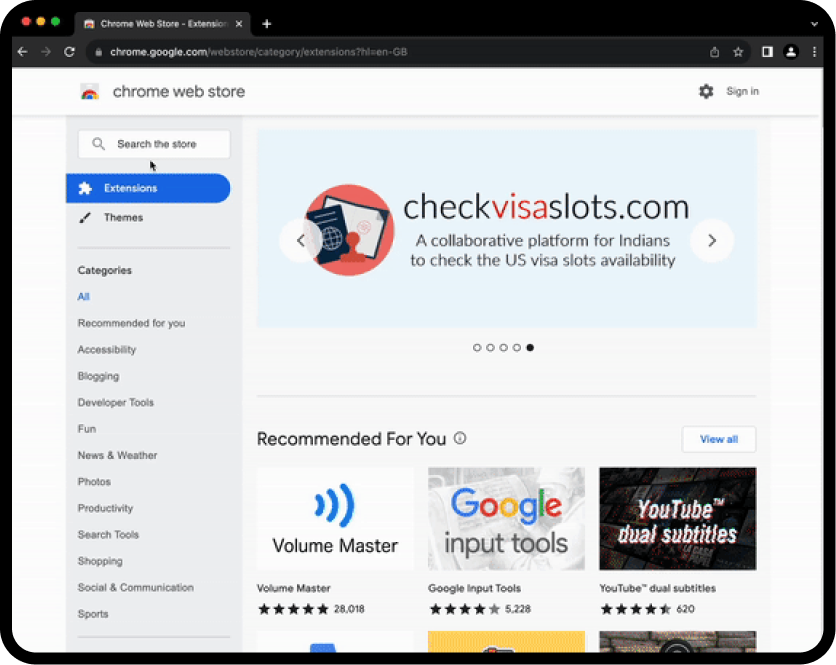APA Converter
Generates APA 7th edition references from bibliographic details for students, researchers, and writers needing accurate citations.

Check It Yourself
About This Tool
The tool generates APA 7th edition reference list entries from structured bibliographic data. Primary users are students, researchers, writers, and librarians who need accurate, consistently formatted citations for journal articles, books, chapters, websites, theses, and reports. It addresses common formatting errors, saves time in assembling reference lists, and supports rapid drafting for manuscripts, theses, grant applications, and coursework. Core functionality centers on delivering single, ready-to-copy references that align with APA conventions for diverse source types.
Core logic applies source-type aware rules and strict parsing of author names, publication year, titles, and source identifiers. Required inputs include authors, year, title, source type, and primary container details; optional additions cover editors, translators, edition, publisher, volume, issue, pages, DOI, and URL. Advanced options handle multiple authors, DOI normalization, and punctuation consistent with APA 7 guidelines. It supports up to 20 authors before applying et al. rules and normalizes DOIs to https://doi.org/ formats when present.
Algorithms produce a single, ready-to-copy reference string. For journal articles: format authors, year, title (sentence case), journal name (title case, italic), volume (italic), issue, pages, and DOI or URL. For books: author, year, title (sentence case), edition, editors, publisher, and location if applicable. For web sources: author, year, title, site name, URL, and retrieval date when no publication date is present.
Error handling covers missing required fields, invalid dates, and malformed DOIs. Special cases include up to 20 authors listed before et al., non-Latin author names with diacritics, and sources without DOIs. The tool adheres to US-centric APA 7th edition norms and uses universal DOI formatting; it does not export other formats or generate in-text citations and assumes inputs are bibliographic data.
How to Use
1. Provide inputs: enter author(s), year, title, source_type, and primary data.
2. Add optional fields: editors, translators, edition, volume, issue, pages, DOI, URL.
3. Validate data for completeness and consistency.
4. Run calculation to generate the APA reference.
5. Copy the result to your references list.
6. Paste into your document and verify against official APA guidelines.

FAQs/Additional Resources
Find Quick Answers
What sources are supported?
How many authors are supported?
Can I export or generate in-text citations?
What happens if fields are missing?
Is it locale-sensitive?
User Reviews
See What Others Are Saying
Explore Related Tools
More Solutions for Your Needs
RW2 to JPG Converter
A fast RW2 to JPG converter designed for photographers and studios to produce web-ready JPEGs while preserving essential metadata.
English (US)
A file-based tool that converts RW2 raw images to JPG for quick sharing, client proofs, and streamlined web delivery.
Your Feedback Matters
Help Us to Improve

 Norwegian
Norwegian
 Danish
Danish
 German
German
 English
English
 Spanish
Spanish
 French
French
 Italian
Italian
 Dutch
Dutch
 Portuguese
Portuguese
 Swedish
Swedish
 Hebrew
Hebrew
 Arabic
Arabic









